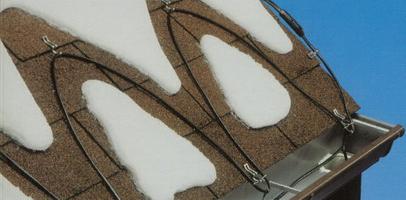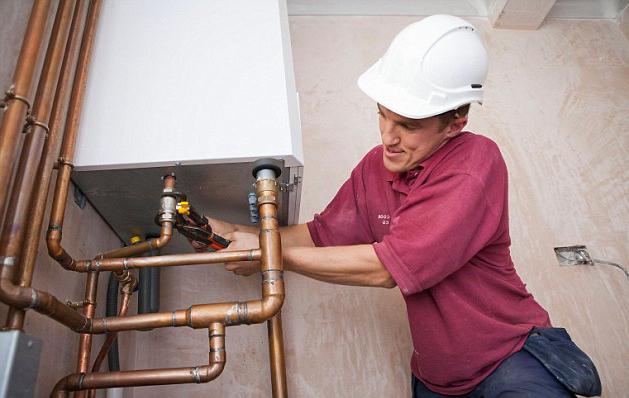Heating cable for pipes of water supply, drainage and sewerage
Freezing of water supply, sewerage andicing gutter in winter carry a lot of trouble for owners of private houses. Defrosting and launching of engineering systems is a very laborious process, and the likelihood of this launch itself can be minimal in the absence of special tools or devices. To prevent such undesirable phenomena, a heating cable for pipes is used.
Water pipes

In practice, the heating cable for water supply hassufficiently small diameter and easily bends, which facilitates the procedure of its installation. Often used for heating pipes using cable systems of the warm floor, which practically do not differ. One end of such heating products is insulated and tightly sealed to avoid moisture ingress, and the other has terminals for connection to the mains.

Sewage and downpipes
For sewage systems and rainwater systems, heatingThe cable for pipes is more rigid and much wider than for a water pipe. Its undeniable advantages are weather resistance and moisture resistance, due to which it is most often laid directly inside the sewer pipes and drains. If, for some reason, the installation in the sewage system is not acceptable, the heating cable for the pipes can be laid along the drain, from below.
One end of the cable is insulated. On the other there are wires for installation to electricity. These heaters can be connected to electrical switches, equipped with sockets, to be switched on only if necessary. If you want to maintain a constant temperature and prevent the freezing of sewerage, then it can be connected to the thermostat.






